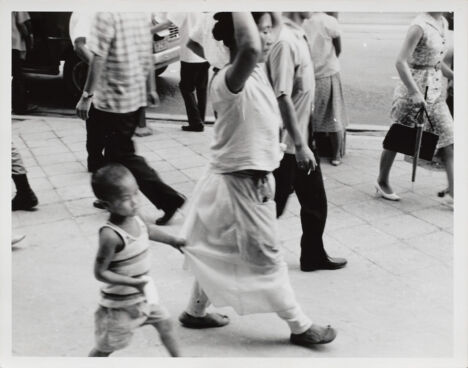CLASSICS & ANTHOLOGIES
Nagisa Ôshima
Nagisa Ôshima was often referred to as the "Godard of the East". He was undoubtedly one of the leading directors of the Japanese New Wave. While his controversial success In the Realm of the Senses may overshadow his other films in the public's perception, it would be a mistake to remember him solely for that once-banned film. Ôshima's work is defined by powerful cinema infused with dark humor and visual experimentation.
Born in 1932 and active until 2013, Nagisa Ôshima grew up in a leftist household and took to the streets as a student during the turbulent post-WWII years in Japan. At 22, after graduating with a law degree, he began working at the Shochiku film studio, where he was an assistant to Masaki Kobayashi. However, Ôshima first made a name for himself in his twenties as a film critic, known for his sharp and often scathing reviews. This reputation led Shochiku to offer him a directing role to connect with a younger audience, something their competitors had already achieved. Ôshima made his directorial debut in 1959 with A Town of Love and Hope. Through nihilistic films about juvenile delinquency, laced with sex and violence, he delivered a biting critique of conservative Japanese society. But, as seen in the cutting Night and Fog in Japan, he was equally disillusioned with his former communist allies.
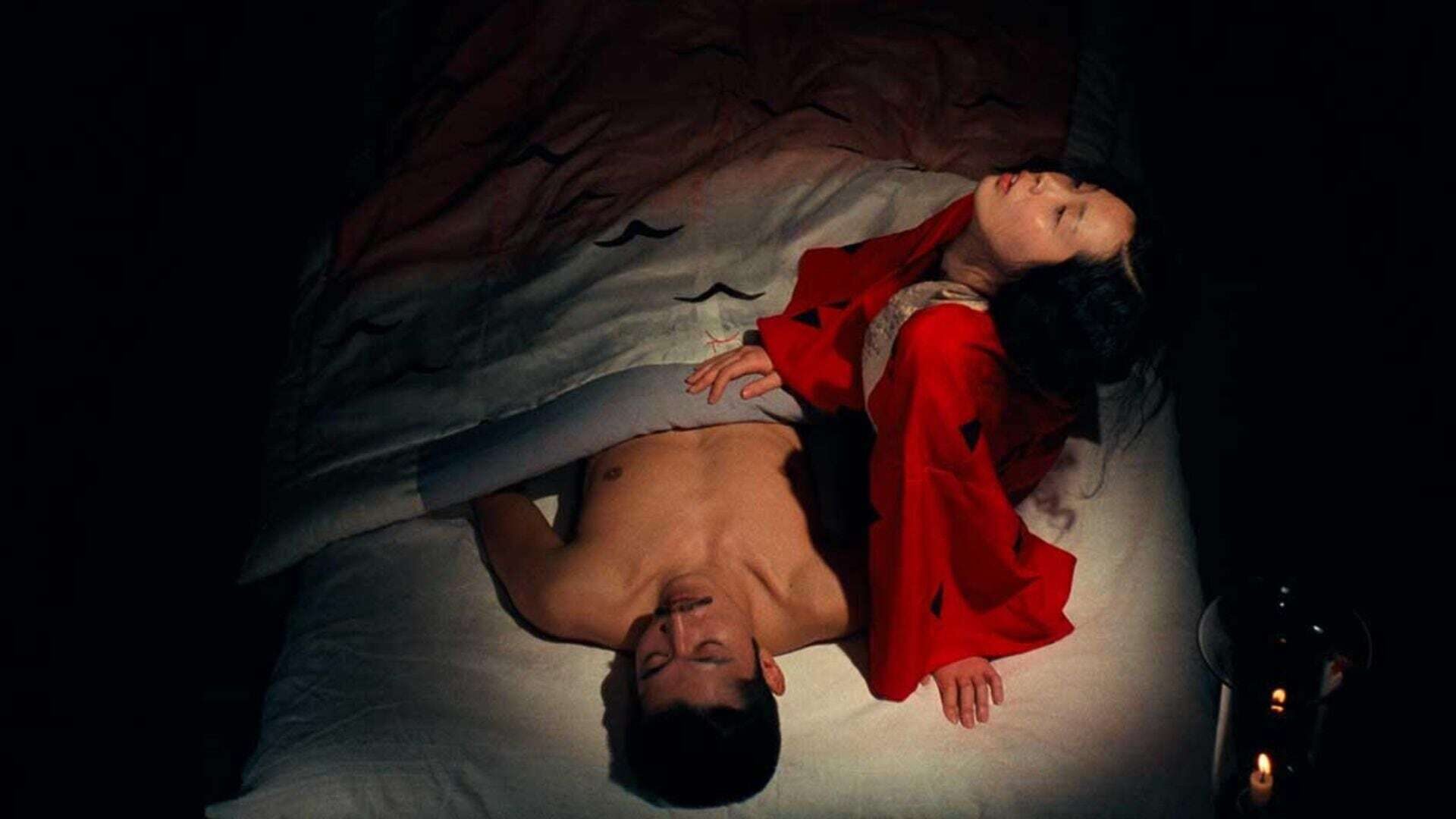
What’s striking about Ôshima is his refusal to adopt a consistent visual style. One moment, he embraces an aestheticized approach with numerous close-ups; the next, he opts for a naturalistic style. Night and Fog in Japan, for example, contains fewer than fifty shots, thanks to its use of long takes. Or consider Three Resurrected Drunkards, where the film appears to start over after twenty minutes with the same shots, slowly revealing subtle changes. This results in a body of work that is at times radically modernist and experimental, and at others more aligned with mainstream cinema. Ôshima once said that the style of a film is determined by what he feels in relation to the story he is trying to tell.
Feeling confined by the limits imposed by studios, Ôshima slammed the door on Shochiku and founded his own production company to freely pursue his subversive desires with full independence. This led to A Treatise on Japanese Bawdy Songs and The Rebel, which dealt with the persecution of Japanese Catholics, as well as Pleasures of the Flesh. However, these films lacked the impact of his previous works. In 1966, he released Violence at Noon, where Ôshima completely revolutionized his style, portraying a rapist and murderer through a stream of mental images. A dark and flamboyant film, it stages destructive attraction, a recurring theme in the director's work. In the late 1960s, Japan encountered a more marginal cinema: "Pink cinema", a form of exploitation film with varying degrees of eroticism that constantly challenged censorship. Despite its nudity, these films were more about anarchistic energy than mere titillation. This cinema brought the streets to the screen, portraying the harsh realities of a society grappling with state abuses and police brutality against leftist student unions. Ôshima drew inspiration from this fringe movement, which influenced Japanese Summer: Double Suicide, Diary of a Shinjuku Thief, and Death by Hanging, three unleashed and completely free works where he engaged in all kinds of visual and narrative experiments.
A fierce critic of post-war Japanese society, Ôshima tackled and attacked the idea of racial purity, a fantasy in a nation undergoing major changes. In Three Resurrected Drunkards, three Japanese men are mistaken by authorities for Korean immigrants. In the masterpiece The Ceremony, a wedding must take place despite the disappearance of the bride in order to "save face". The virtuous Japanese virgin is but a ghost, and the pure and noble Japan is nothing more than an imaginary fantasy. In the Realm of the Senses, Ôshima’s most famous film, was his unapologetic response to its backers, Argos Films and Anatole Dauman, who commissioned Ôshima to make the first artistic pornographic film. The film caused an unimaginable scandal in Japan and solidified Ôshima’s status as the greatest Japanese filmmaker of his time, especially after its screening at the Cannes Film Festival.

With the help of



Monday 16.09 19:00 LEDOUX Cart
Nagisa Ôshima
Night and Fog in Japan
Nihon no yoru to kiri
- Nagisa Ôshima, Japan 1960 ⁄ Miyuki Kuwano, Fumio Watanabe, Masahiko Tsugawa ⁄ color ⁄ 107' ⁄ ST - OND: EN

Wednesday 18.09 21:00 LEDOUX Cart
Nagisa Ôshima
The Catch
Shiiku
- Nagisa Ôshima, Japan 1961 ⁄ Rentarô Mikuni, Akiko Koyama, Yôko Mihara ⁄ B&W ⁄ 104' ⁄ ST - OND: EN
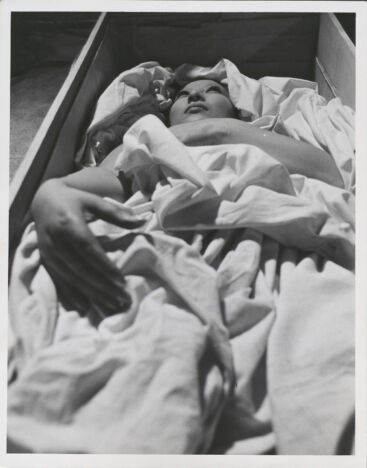
Friday 20.09 19:00 LEDOUX Cart
Nagisa Ôshima
La Pendaison
Ophanging
Kôshikei
- Nagisa Ôshima, Japan 1968 ⁄ Kei Satô, Do-yun Yu, Fumio Watanabe ⁄ B&W ⁄ 118' ⁄ ST - OND: FR - NL
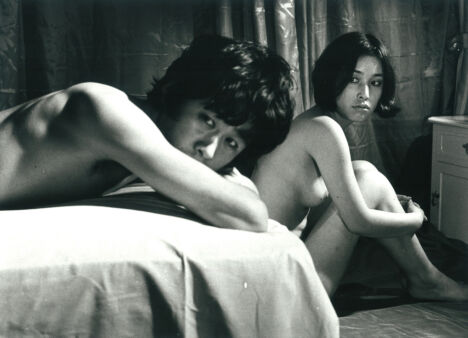
Monday 23.09 21:15 LEDOUX Cart
Nagisa Ôshima
Diary of a Shinjuku Thief
Shinjuku Dorobô Nikki
- Nagisa Ôshima, Japan 1969 ⁄ Tadanori Yokoo, Rie Yokoyama, Kei Satô ⁄ B&W + color ⁄ 96' ⁄ ST - OND: EN
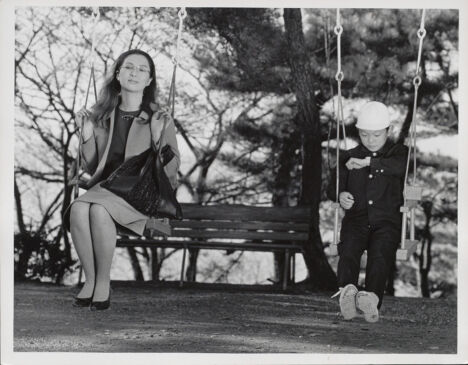
Tuesday 24.09 21:30 LEDOUX Cart
Nagisa Ôshima
Boy
Shônen
- Nagisa Ôshima, Japan 1969 ⁄ Fumio Watanabe, Akiko Koyama, Tetsuo Abe ⁄ color ⁄ 97' ⁄ ST - OND: EN

Sunday 29.09 21:00 LEDOUX Cart
Nagisa Ôshima
The Ceremony
Gishiki
- Nagisa Ôshima, Japan 1971 ⁄ Kenzô Kawarasaki, Atsuko Kaku, Atsuo Nakamura ⁄ color ⁄ 121' ⁄ ST - OND: NL

Wednesday 02.10 21:00 LEDOUX Cart
Nagisa Ôshima
L’Empire des sens
Ai no korîda
- Nagisa Ôshima, Japan, France 1976 ⁄ Tatsuya Fuji, Eiko Matsuda, Aoi Nakajima ⁄ color ⁄ 110' ⁄ ST - OND: FR
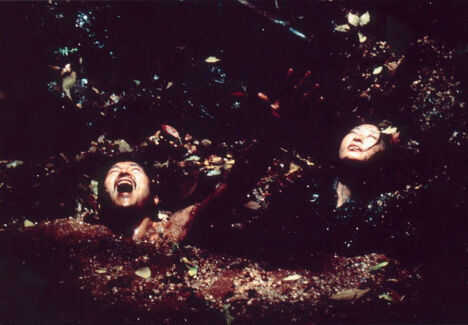
Friday 04.10 21:30 LEDOUX Cart
Nagisa Ôshima
L’Empire de la passion
Empire of Passion
Ai no bôrei
- Nagisa Ôshima, Japan, France 1978 ⁄ Tatsuya Fuji, Kazuko Yoshiyuki, Takahiro Tamura ⁄ color ⁄ 104' ⁄ ST - OND: FR - NL

Sunday 06.10 19:00 LEDOUX Cart
Nagisa Ôshima
Furyo
Merry Christmas, Mr. Lawrence
- Nagisa Ôshima, UK 1982 ⁄ David Bowie, Tom Conti, Ryuichi Sakamoto ⁄ color ⁄ 122' ⁄ ST - OND: FR - NL

Tuesday 08.10 19:00 LEDOUX Cart
Nagisa Ôshima
Max My Love
Max mon amour
- Nagisa Ôshima, France, USA 1986 ⁄ Charlotte Rampling, Anthony Higgins, Victoria Abril ⁄ color ⁄ 97' ⁄ ST - OND: NL - FR
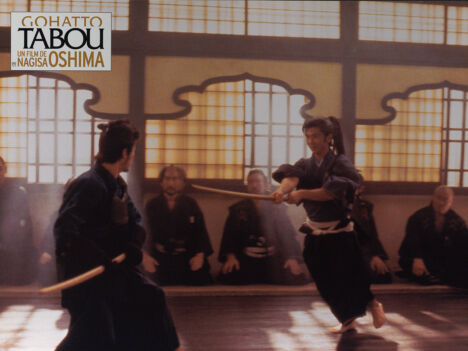
Friday 11.10 19:00 LEDOUX Cart
Nagisa Ôshima
Tabou
Gohatto
- Nagisa Ôshima, Japan, France, UK 1999 ⁄ Takeshi Kitano, Ryûhei Matsuda, Shinji Takeda ⁄ color ⁄ 101' ⁄ ST - OND: FR - NL
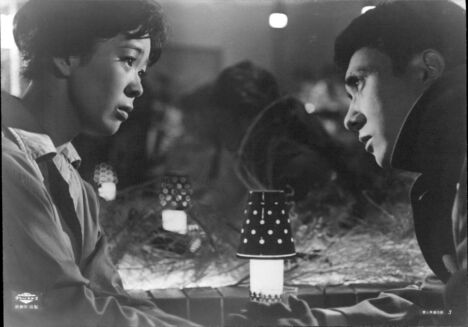
Wednesday 11.09 19:00 LEDOUX Cart
Nagisa Ôshima
A Town of Love and Hope
Ai to kibô no machi
- Nagisa Ôshima, Japan 1959 ⁄ Fumio Watanabe, Yuki Tominaga, Yûko Mochizuki ⁄ color ⁄ 62' ⁄ ST - OND: EN
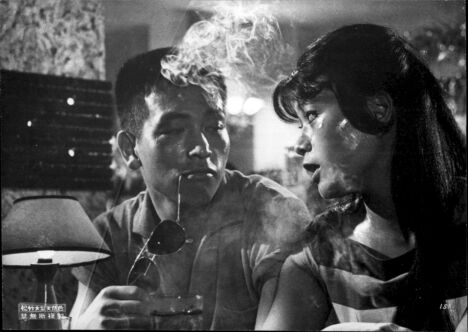
Friday 13.09 21:15 LEDOUX Cart
Nagisa Ôshima
The Sun’s Burial
Taiyô no hakaba
- Nagisa Ôshima, Japan 1960 ⁄ Kayoko Honoo, Kôji Nakahara, Fumio Watanabe ⁄ color ⁄ 87' ⁄ ST - OND: EN
